Salad dressing
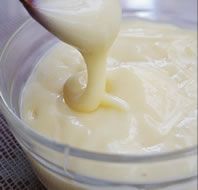
Salad dressing, which originates from the island of Minorca in the Mediterranean Sea, is made with large quantities of eggs and oil and has long been a part of the diet and is considered a "green food". The main ingredients of the bottled salad dressing we buy are vegetable oil, egg yolk and vinegar, plus seasonings and spices. The vegetable oil is mostly olive oil in Europe, while soy salad oil is generally used in Asia. The oil and the egg yolk are well mixed and emulsified to make a tasty salad dressing.
Beef Sauce
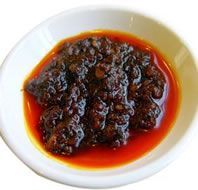
Beef sauce is a beef-based condiment that is a favorite of meat and spice lovers. The beef sauce is stir-fried using traditional techniques and a clever combination of imperial recipes. With its pure taste, it is an indispensable condiment for the people's family table, and can also be consumed directly. The ingredients of beef sauce are 0.5-1 catty of beef cut into small pieces, two bags of bean paste, one or two bags of yellow dry sauce, 1 large bag of tomato sauce (150-200 grams), 1~2 catties of fresh red chili pepper grated or chopped, sugar in the right amount, salt, monosodium glutamate, cooked sesame seeds and cumin (according to taste).
Soybean Sauce

Soybean paste, also known as soybean paste and bean paste, is made by fermenting soybeans after frying and grinding, and is a traditional seasoning sauce in China. Soy sauce has a rich sauce and ester aroma, salty and sweet, can be used for cooking a variety of dishes, is also one of the ingredients for making fried sauce noodles. Most of the high-quality yellow sauce is reddish brown or brown, bright and lustrous, moderate viscosity, taste fresh and mellow, salty and sweet, no bad taste, no impurities, pure natural brewing without preservatives. General population can eat, serious liver disease, kidney disease, gout, peptic ulcer, low iodine people do not eat or eat less.
Chili Sauce
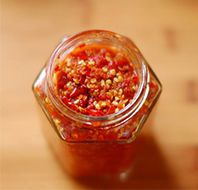
Chili sauce is a sauce made from chili peppers, and is a relatively common condiment on the table. It is mostly made in Hunan Province and is available in oil and water. The oil system is made of sesame oil and chili pepper, which is bright red in color and floats with a layer of sesame oil on top, making it easy to preserve. Adding this product to hot pot, cold dishes and cooking process is more effective. Especially in the modulation of soybean products have a different effect than the crowd. It can also be dipped in steamed buns, baked biscuits, stir-fried dishes, etc.
Rice Mix
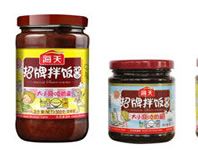
Rice Mix is made from high quality soybeans with natural fermentation and carefully prepared through more than ten procedures. It is suitable for mixing rice, noodles, meals, steamed, stir-fried, smothered, and other creative ways of eating, and is loved by families and the OFFICE crowd.
Pixian Douban
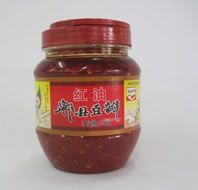
Pixian Douban is produced in Pixian County, Sichuan, and is one of the three most famous petals in Sichuan. It is unique and distinctive in the selection of materials and processes. Pixian douban aroma mellow but without any spices, bright red color but without any grease, all rely on excellent raw materials and fine processing technology, so as to achieve the effect of color, aroma and taste, very spicy heavy, fresh red oil, aftertaste mellow long characteristics, thus becoming the necessary seasoning of Sichuan cuisine, the "soul of Sichuan cuisine" reputation. Its production techniques are listed in the second batch of national intangible cultural heritage.
Tomato Sauce
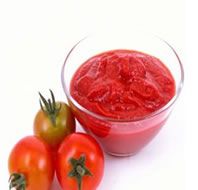
Ketchup is a sauce-like concentrated product of fresh tomatoes. It is a bright red sauce with a uniform and delicate consistency, with the characteristic flavor of tomatoes, and is a characteristic condiment that is not usually eaten directly. Tomato paste is made from ripe red tomatoes by crushing, beating, removing the skin and seeds and other coarse and hard substances, then concentrated, canned and sterilized. Tomato paste is often used as a cooking condiment for fish, meat and other foods, and is a great condiment to add color, acidity, freshness and aroma. The use of tomato paste is an important flavoring element in the formation of the flavor characteristics of Hong Kong and Cantonese cuisine.
